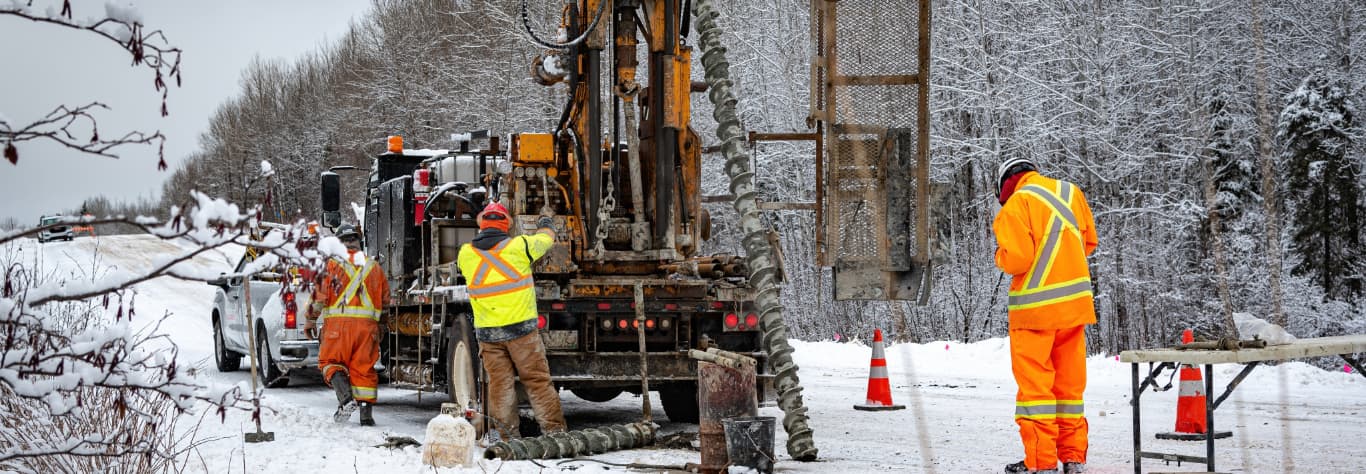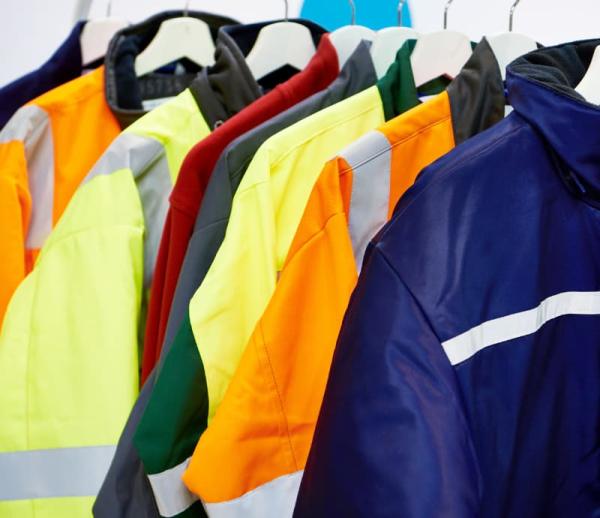Laws on cold weather workwear
In the UK, there are specific laws and regulations that govern the protection of workers in cold conditions. The primary piece of legislation is the Health and Safety at Work Act 1974, which requires employers to ensure the health, safety, and welfare of their employees. This act lays the foundation for all workplace safety standards, including those for working in extreme weather conditions.
There’s also the Personal Protective Equipment at Work Regulations 1992, which require that suitable personal protective equipment (PPE) be provided for anyone who might be exposed to potential hazards, including those posed by cold weather. This means that risk assessments need to be regularly carried out to determine what protective clothing is necessary, such as insulated clothing, gloves, hats, and footwear.
Risk assessment for cold conditions
When you think cold weather might start to play a role in affecting how your team goes about their daily jobs, it’s a good idea to do a new risk assessment. This process involves identifying specific hazards posed by the cold and evaluating the level of risk these hazards present to your staff. Some of the biggest risks include:
- Frostbite - Freezing of skin and underlying tissues, which can lead to permanent damage (or in the most extreme cases, even amputation).
- Hypothermia - A dangerous drop in body temperature that impairs brain function, leading to unconsciousness or even death.
- Reduced dexterity - Cold extremities can lead to a loss of fine motor skills, making tasks more difficult and increasing the risk of accidents and injuries.
- Cold stress - A general strain on the body caused by prolonged exposure to cold, which can lead to exhaustion or impaired performance.
- Slips, trips, and falls - Ice and snow increase the risk of accidents, which could result in sprains, fractures, or head injuries.
To assess these risks effectively, you need to evaluate several key factors. First up is to assess the temperature and wind chill, as these elements play a crucial role in how quickly the body loses heat. Wind chill can make the air feel much colder than the actual temperature, increasing the risk of frostbite and hypothermia.
Next, the duration of exposure is another major factor; the longer workers are exposed to cold conditions, the higher the risk of cold-related health issues. It’s also important to take into account the type of work being performed—more physically demanding tasks may help keep your team warm, while less active jobs could increase the chances of cold stress.
Once these factors are assessed, it becomes easier to implement effective measures to mitigate the risks. For instance, providing appropriate personal protective equipment (PPE) such as insulated clothing, bodywarmers and gilets, gloves, and thermal footwear helps to protect workers from the elements. Another one to bear in mind is to ensure that your team takes regular breaks in warmer areas, as this allows their bodies to recover and prevents cold stress.
Crucially, you will need to assign someone who regularly monitors for early signs of cold-related health issues, such as shivering, numbness, or loss of coordination, which can help prevent more serious conditions from developing. In most cases, this will be a line manager, but it could be your first-aid trained member of staff too (if they’re not one and the same).
Key features of protective clothing and equipment
When selecting cold-weather workwear, it's vital to focus on the specific features that provide the most protection in extreme conditions. Insulation is a crucial element; clothing needs to be designed to trap body heat while allowing for some breathability to prevent overheating and sweating. Waterproofing is also important, particularly for anyone exposed to snow, rain, or wet environments, as wet clothing can exacerbate the risk of hypothermia.
In addition to insulation and waterproofing, the fit of the clothing plays a vital role in ensuring maximum protection. Clothing that is too loose may allow cold air to penetrate, while overly tight gear can restrict circulation and increase the risk of cold stress. Layering is key to maintaining warmth; the right combination of base layers, mid-layers, and outer layers allows people to regulate their body temperature effectively, adding or removing layers as needed.
Training your team to handle cold weather
Equally important as providing the right gear is ensuring that your staff understands how to protect themselves in cold environments. Their training needs to cover how to recognise the early signs of cold stress, such as shivering, numbness, and loss of coordination. They’ll also need to be educated about the importance of staying dry, hydrated, and well-rested to avoid the dangers of extreme cold.
Practical tips should also be part of the training. For example, as we’ve covered above, your team members should be encouraged to take regular breaks in warm areas to reheat and rest. Drinking warm fluids and eating high-energy foods can help maintain body heat. It’s also important for your staff to be familiar with how to use and care for their protective gear, ensuring it’s not only effective but also comfortable for prolonged use.
Inspection and care of workwear
To maintain safety and compliance, it's essential that cold-weather workwear is regularly inspected for damage or wear. Clothing, gloves, hats, and footwear should be checked for any tears, worn patches, or other defects that could compromise their protective qualities. Insulated clothing should be free of holes, and waterproof gear should maintain its water-resistant properties.
Proper care of protective equipment is equally important. Workwear must be cleaned according to manufacturer instructions to preserve its insulation and waterproofing. Regular maintenance ensures that protective gear remains effective throughout its lifespan and complies with safety regulations. Regular inspections and care also help prevent workplace accidents caused by faulty or ineffective PPE.
That’s all the essentials covered! Our Winter bundles provide an excellent jump-off point to get started with your winter workwear needs – and if you need any specific garments, you can rest assured we can provide those at the very best prices too. Why not have a look around our site, and see what you can find?
We supply everything from T-shirts and polo shirts to sweatshirts and footwear. What’s more, all of our customisations are done in-house using our experienced team of designers and print machinists, so you can liaise directly with us to get exactly what you’re looking for. We also provide a FREE workwear printing and embroidery service and FREE delivery for orders over £150!






